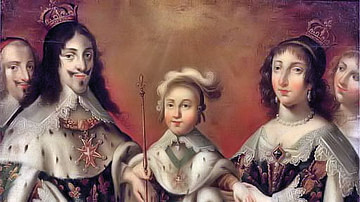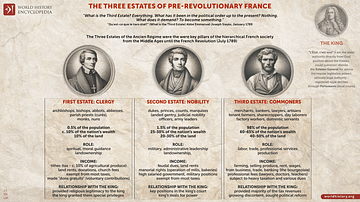Illustration
This map illustrates the sweeping republican revolts and political upheavals that erupted across Europe in 1848, a year known as the People's Spring or the Spring of Nations. Part of a broader continuum of revolutionary movements since the early 19th century, these uprisings challenged monarchies from Sicily to France, Germany, Italy, and the Austrian Habsburg Empire.
The revolutions of 1848, ignited by popular opposition to the conservative order imposed by the Congress of Vienna in 1815, demanded broader political participation, greater social equality, and national self-determination. Though ultimately crushed and followed by widespread liberal disillusionment, the 1848 revolts left a lasting legacy: fueling the rise of nationalism, inspiring future uprisings, and shaping the long-term transformation of Europe's political landscape into the modern era.
About the Author
Cite This Work
APA Style
Netchev, S. (2023, July 06). The "Spring of Nations": Revolutionary Europe in 1848. World History Encyclopedia. Retrieved from https://www.worldhistory.org/image/17601/the-spring-of-nations-revolutionary-europe-in-1848/
Chicago Style
Netchev, Simeon. "The "Spring of Nations": Revolutionary Europe in 1848." World History Encyclopedia. Last modified July 06, 2023. https://www.worldhistory.org/image/17601/the-spring-of-nations-revolutionary-europe-in-1848/.
MLA Style
Netchev, Simeon. "The "Spring of Nations": Revolutionary Europe in 1848." World History Encyclopedia. World History Encyclopedia, 06 Jul 2023, https://www.worldhistory.org/image/17601/the-spring-of-nations-revolutionary-europe-in-1848/. Web. 29 Apr 2025.








